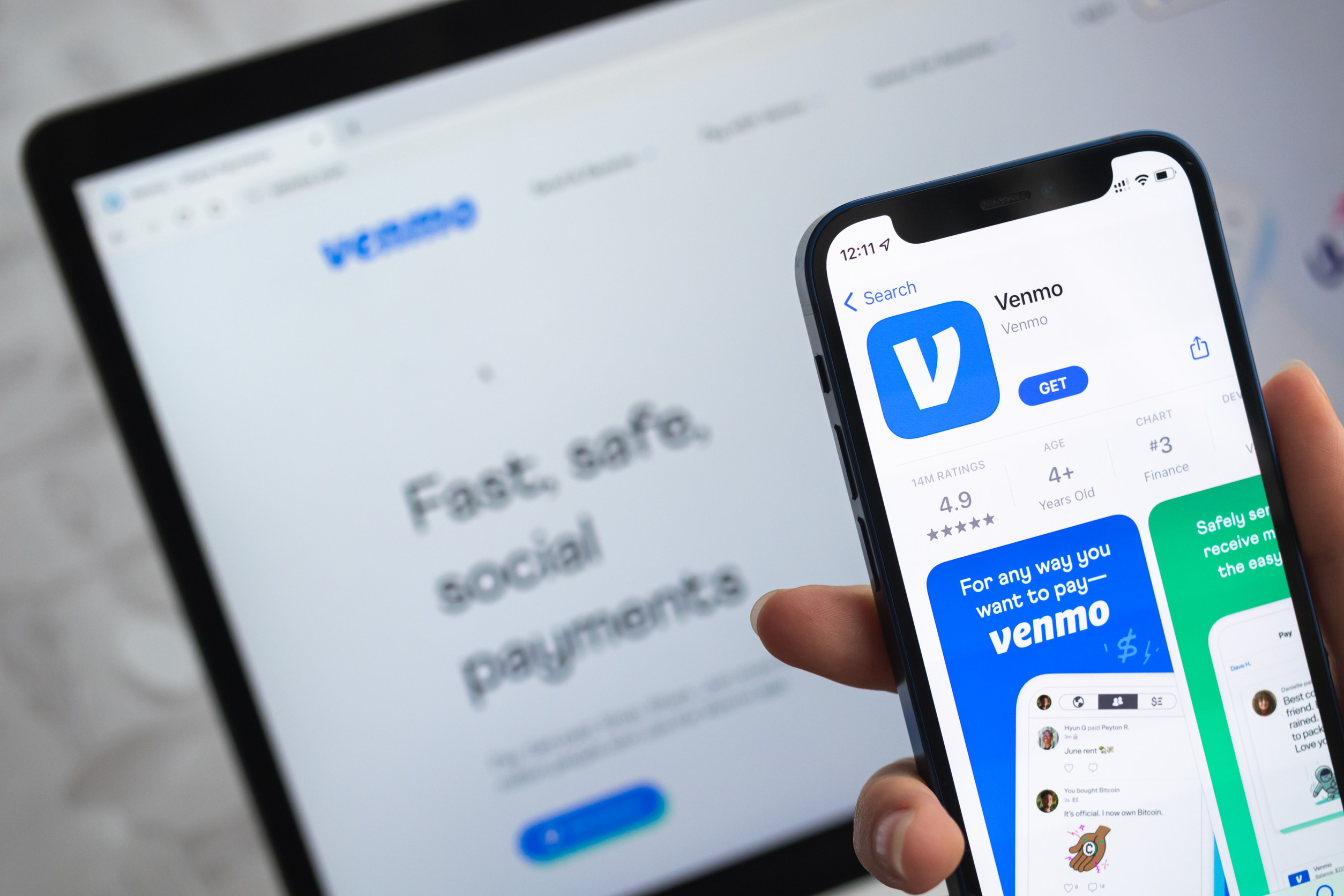Everyone loves a good deal, a slick spreadsheet, or the flex of showing off a perfectly balanced budget. But sometimes, sharing that financial glow-up online can go from motivating to mortifying in seconds.
Oversharing money details has a way of handing strangers the keys to your digital vault. What starts as “just being transparent” can turn into an accidental security breach with long-lasting consequences. Here are ten real ways budget bragging has backfired, and why being too open about dollars and cents can leave wallets wide open.
1. When a Screenshot Exposed Bank Account Numbers
Screenshots are quick and satisfying proof of financial discipline, but they often capture more than intended. One viral post about a debt payoff spreadsheet included an open banking tab with visible account numbers. The screenshot racked up thousands of shares before the user realized the damage. Fraudsters wasted no time using the digits to attempt unauthorized transfers. A single image meant to inspire ended up inspiring cybercriminals instead.
2. Posting Paycheck Breakdowns With Employer Data
Sharing a paycheck breakdown is often framed as a transparency win, but those stubs carry dangerous details. Tax IDs, employer codes, and even partial Social Security numbers can all ride along unnoticed. One viral budgeter uploaded a photo showing their pay stub as proof of authenticity. Hackers used that information to piece together an entire identity profile. What looked like accountability turned into an identity theft starter pack.
3. Public Google Sheets With Hidden Formulas
Free budgeting templates are beloved, and many people share editable Google Sheets for community use. The problem is that hidden formulas sometimes include live links to bank data or private accounts. One case revealed a template where the “hidden” cells pulled from the creator’s actual credit card API feed. Strangers opening the sheet unknowingly gained access to real-time financial activity. A teaching tool accidentally became a financial surveillance device.
4. Over-Sharing Credit Card Rewards Hacks
Nothing attracts attention like showing off massive credit card points hauls. But revealing card types, account ages, and bonus thresholds can give scammers insider intel. A viral brag about stacking rewards exposed just enough info for someone to clone the strategy using stolen credentials. That user later noticed suspicious new accounts opened in their name. Sharing the playbook ended up handing thieves the winning strategy.
5. Venmo Screenshots Revealing Contact Details
Sharing how money flows in and out of Venmo is a common way to talk about budgeting. Unfortunately, screenshots can reveal usernames, contacts, and even phone numbers tied to accounts. One enthusiastic budgeter posted their “no spend” month recap with Venmo receipts included. Scammers used those usernames to initiate phishing attempts posing as friends. What was meant to be proof of discipline turned into a trail for social engineering.
6. Receipts With Barcodes Still Intact
Posting receipts can feel like raw evidence of budgeting victories, but receipts carry secrets. Hidden barcodes and QR codes often link directly to transaction details and even customer accounts. A widely shared “look how little I spent” post included a grocery receipt with scannable codes intact. Strangers tested the codes and gained access to the store’s loyalty account data. That meant free reward redemptions and stolen identity points.
7. Salary Transparency Threads Gone Too Far
Salary transparency is powerful, but sometimes the details go deeper than necessary. Sharing a full offer letter instead of just the number can reveal employer addresses, tax IDs, and HR contact emails. One viral transparency post gave away enough data for scammers to impersonate the company in phishing attacks. Employees started getting emails from a fake HR rep asking for login credentials. A movement meant to empower workers ended up fueling a phishing campaign.
8. Screenshots of Budget Apps With Linked Accounts
Budgeting apps are sleek and satisfying, and screenshots of dashboards are social media gold. But those dashboards often show linked institutions, balances, and account nicknames. A proud post showing “all debt accounts in one place” tipped scammers off to exact lenders and amounts owed. With that knowledge, fraudsters crafted hyper-realistic phishing emails pretending to be the actual lenders. Sharing the big picture gave attackers a crystal-clear playbook.
9. Crowdfunding Campaigns With Too Much Detail
Budget transparency often leaks into fundraising efforts. While explaining financial needs, some campaigns share bank routing numbers, full addresses, and even scans of overdue bills. A family seeking help with medical costs unintentionally exposed every sensitive detail needed for account takeovers. Criminals drained what little money remained before the campaign funds even arrived. What was supposed to be a lifeline became a pipeline for theft.
10. Tax Return “Flexes” Gone Wrong
Few posts are more viral than massive tax refund flexes. But screenshots of returns or checks are loaded with sensitive information. A popular budgeting account posted its direct deposit confirmation as proof of financial discipline. The routing and account numbers were clearly visible, sparking fraudulent withdrawals. A moment of celebration became the start of a long fight to recover stolen funds.
Oversharing Is a Security Risk in Disguise
Being open about money can inspire, motivate, and educate—but oversharing makes cybercriminals’ jobs easy. Every paycheck stub, receipt, or app screenshot can hold keys to personal accounts and identities. Online, good intentions don’t cancel out technical vulnerabilities. Transparency should always be balanced with privacy and security safeguards.
What do you think—where’s the line between sharing for inspiration and sharing too much? Leave a comment with your thoughts.
You May Also Like…
- Why Online Payment Apps Are Delaying Inheritance Transfers
- 8 Savings Metrics That Disrupt Mental Wellness—And How to Fix Them
- Here’s What Social Security Might Look Like in The Next 10 Years
- 6 “Smart” Appliances That May Be Recording You Without Consent
- 8 Budget Apps That Collect Your Data and Sell It


